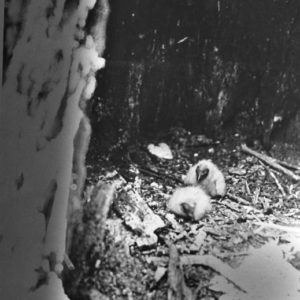 Baby Buzzards
Baby Buzzards
Entry Category: Land and Resources - Starting with B
 Baby Buzzards
Baby Buzzards
Bachman, Joseph
Back-to-the-Land Movement
Baitfish Industry
 Baker Prairie Natural Area
Baker Prairie Natural Area
 Bald Eagle
Bald Eagle
 Bald Knob Flood
Bald Knob Flood
Bald Knob National Wildlife Refuge
 Barge
Barge
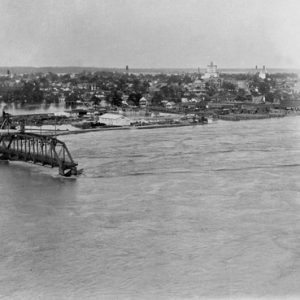 Baring Cross Bridge; 1927
Baring Cross Bridge; 1927
 "Sunpie" Barnes
"Sunpie" Barnes
 Batesville 1915 Flood
Batesville 1915 Flood
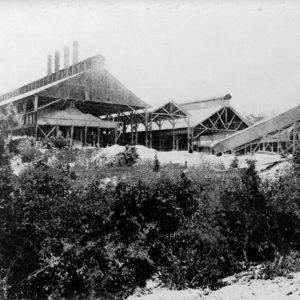 Bauxite Mill
Bauxite Mill
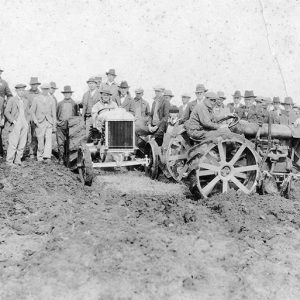 Bauxite Miners
Bauxite Miners
Bauxite Mining
 Bauxite Mural
Bauxite Mural
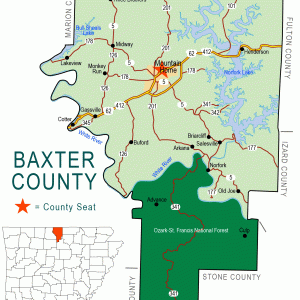 Baxter County Map
Baxter County Map
Bayou Bartholomew
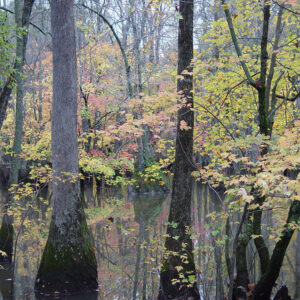 Bayou DeView
Bayou DeView
Bayou Meto
 Bear Creek Recreation Area
Bear Creek Recreation Area
 Bear Creek Recreation Area
Bear Creek Recreation Area
 Bear Hollow Natural Area
Bear Hollow Natural Area
 Bearden Plant Planer Mill
Bearden Plant Planer Mill
 Black Fork Creek
Black Fork Creek
Beaver Dam and Lake
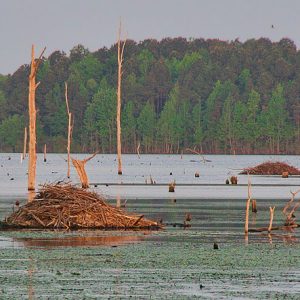 Beaver Lodges at Columbia Lake
Beaver Lodges at Columbia Lake
 Beckham Creek Cave
Beckham Creek Cave
Beef Industry
aka: Cattle Industry
 Beef Promotion
Beef Promotion
Beekeeping
 Bell Slough
Bell Slough
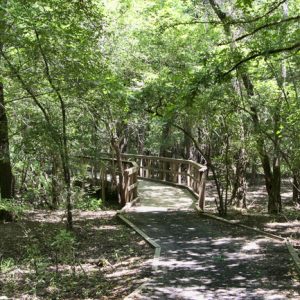 Bell Slough Trail
Bell Slough Trail
Bell Slough Wildlife Management Area
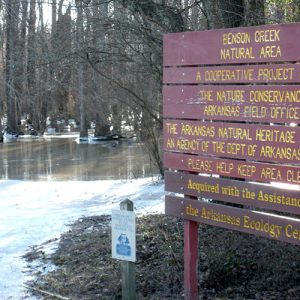 Benson Creek Natural Area
Benson Creek Natural Area
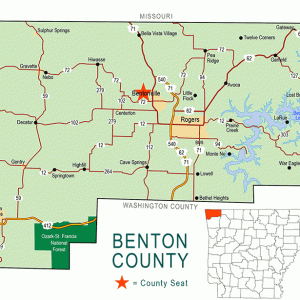 Benton County Map
Benton County Map
Benton Utilities
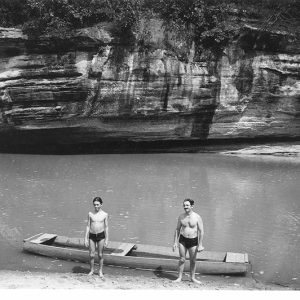 Thomas Hart Benton and Son
Thomas Hart Benton and Son
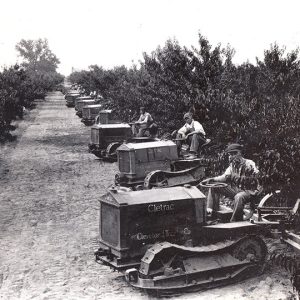 Bert Johnson Orchards
Bert Johnson Orchards
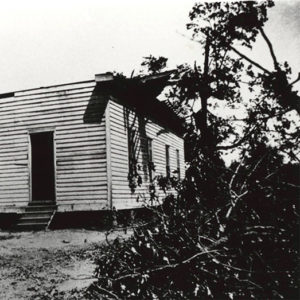 Bethesda Tornado
Bethesda Tornado
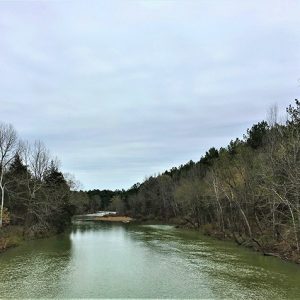 Big Cedar Creek
Big Cedar Creek
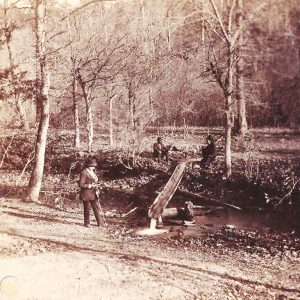 Big Chalybeate Spring
Big Chalybeate Spring
Big Chalybeate Spring
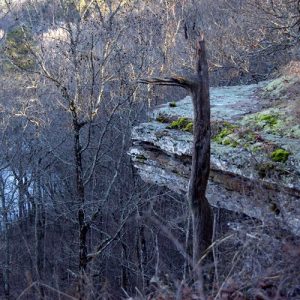 Big Creek Natural Area
Big Creek Natural Area
 Big Fork Creek Natural Area
Big Fork Creek Natural Area
Big Island
aka: Montgomery Island
Big Lake National Wildlife Refuge
Big Lake Wars
 Big Lake Article
Big Lake Article
 Big Piney Creek Waterfall
Big Piney Creek Waterfall




